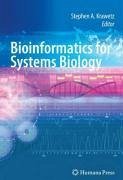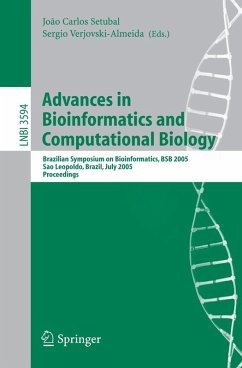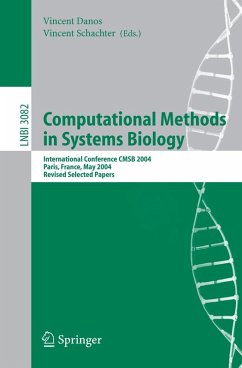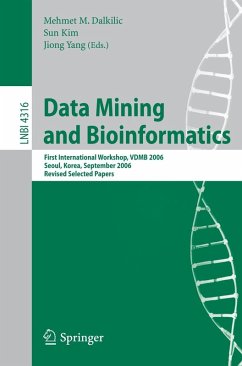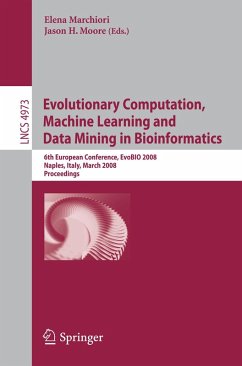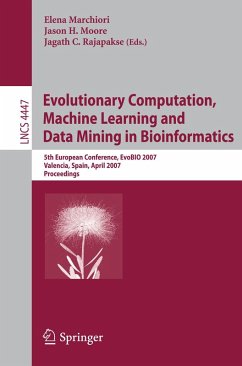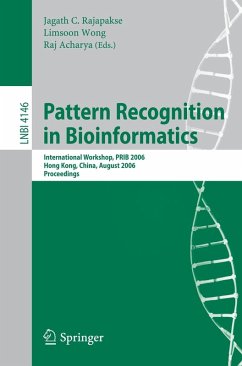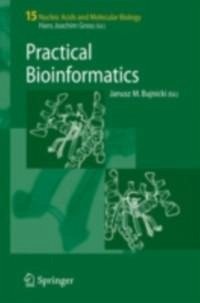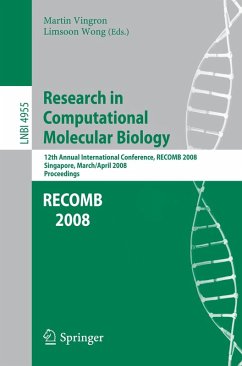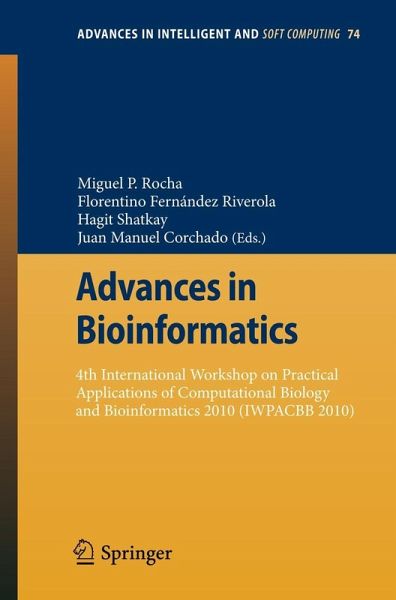
Advances in Bioinformatics (eBook, PDF)
4th International Workshop on Practical Applications of Computational Biology and Bioinformatics 2010 (IWPACBB 2010)
Redaktion: Rocha, Miguel P.; Corchado Rodríguez, Juan Manuel; Shatkay, Hagit; Fernández Riverola, Florentino

PAYBACK Punkte
56 °P sammeln!
The fields of Bioinformatics and Computational Biology have been growing steadily over the last few years boosted by an increasing need for computational techniques that can efficiently handle the huge amounts of data produced by the new experimental techniques in Biology. This calls for new algorithms and - proaches from fields such as Data Integration, Statistics, Data Mining, Machine Learning, Optimization, Computer Science and Artificial Intelligence. Also, new global approaches, such as Systems Biology, have been emerging replacing the reductionist view that dominated biological research ...
The fields of Bioinformatics and Computational Biology have been growing steadily over the last few years boosted by an increasing need for computational techniques that can efficiently handle the huge amounts of data produced by the new experimental techniques in Biology. This calls for new algorithms and - proaches from fields such as Data Integration, Statistics, Data Mining, Machine Learning, Optimization, Computer Science and Artificial Intelligence. Also, new global approaches, such as Systems Biology, have been emerging replacing the reductionist view that dominated biological research in the last d- ades. Indeed, Biology is more and more a science of information needing tools from the information technology field. The interaction of researchers from diff- ent scientific fields is, more than ever, of foremost importance and we hope this event will contribute to this effort. IWPACBB'10 technical program included a total of 30 papers (26 long papers and 4 short papers) spanning many different sub-fields in Bioinformatics and Computational Biology. Therefore, the technical program of the conference will certainly be diverse, challenging and will promote the interaction among computer scientists, mathematicians, biologists and other researchers. We would like to thank all the contributing authors, as well as the members of the Program Committee and the Organizing Committee for their hard and highly valuable work. Their work has helped to contribute to the success of the IWAPCBB'10 event. IWPACBB'10 wouldn't exist without your contribution.
Dieser Download kann aus rechtlichen Gründen nur mit Rechnungsadresse in A, B, BG, CY, CZ, D, DK, EW, E, FIN, F, GR, HR, H, IRL, I, LT, L, LR, M, NL, PL, P, R, S, SLO, SK ausgeliefert werden.



